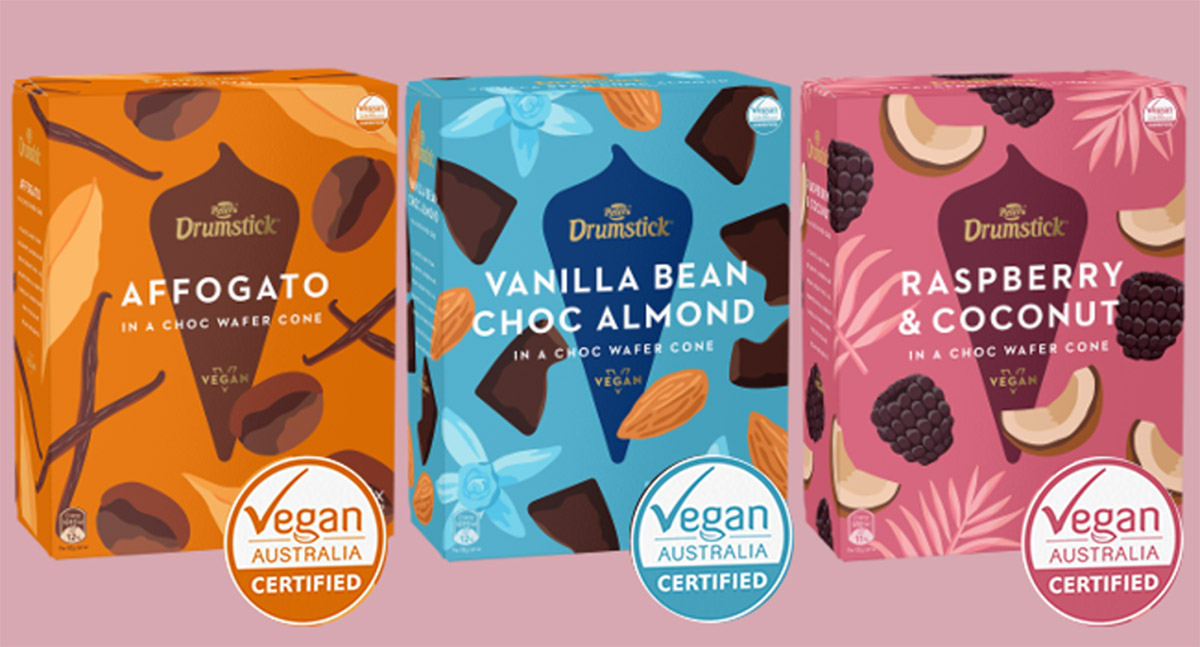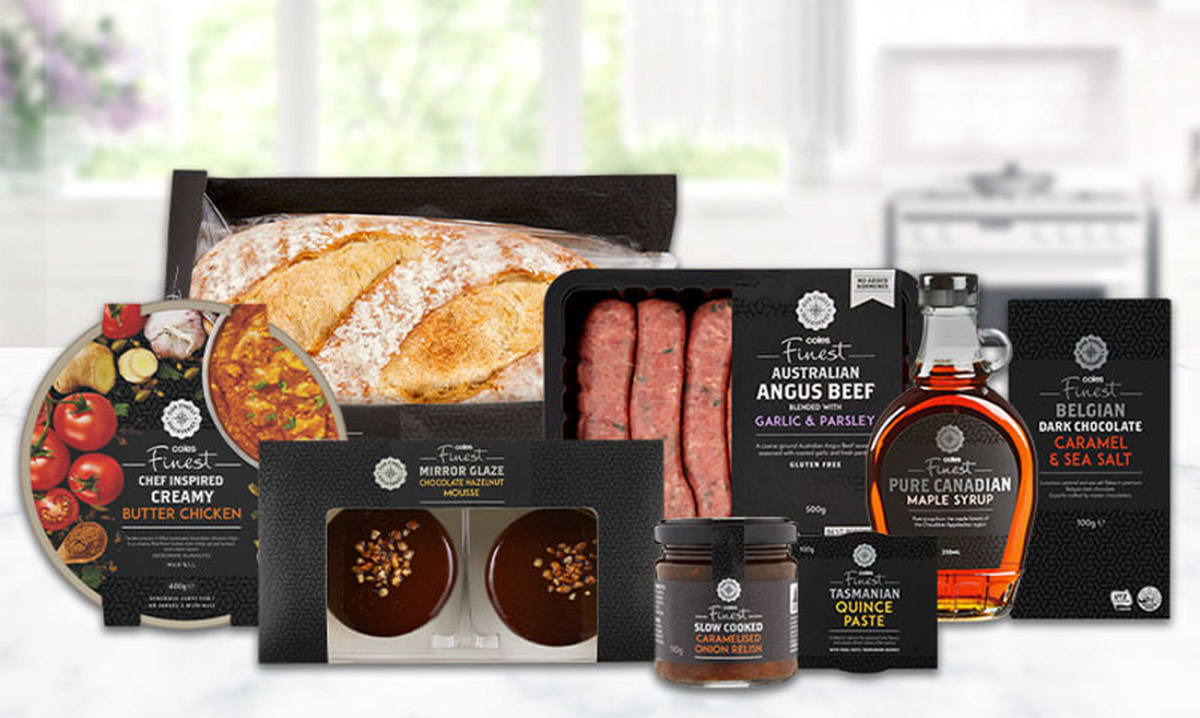Jul 20, 2020 by Mark Dingley
The economy might be slowing but not everyone is shopping for the lowest prices.
The premium market is ripe for exploration by brands.
There are 4.7 million premium consumers who are big spenders in any economic cycle, with 91% of them in the top third of elective spenders in the economy, according to Roy Morgan.
These consumers are seeking out quality, health and provenance properties in their food and are prepared to pay top dollar for them.
It’s no wonder a growing number of Australian food and beverage brands are choosing premiumisation to tap into this trend.
Premiumisation is when a brand offers higher quality items that consumers value. It occurs in a product category, market or industry where customers are willing to pay more for higher quality, such as food and beverage.
Premiumisation does not necessarily mean the brand is producing an expensive product; it’s about focusing on what matters to the consumers. For example, consumers are increasingly looking for products with genuine stories based on their provenance, with more artisan qualities.
Premiumisation is the opposite of commoditisation, which is competition to lower prices for a standard level of quality. Consumers view products as much the same and purchase primarily based on price, which causes prices to fall and quality to be dropped to the minimum acceptable level.
What’s the key to tapping into growth through premiumisation? You need a deep understanding of the Australian consumers and their changing needs and desires.
According to a Nielsen 2018 report, there are distinct demographic and ethnic groups of Australians who will happily pay a premium for grocery products. These are products that:
Typically, premium spenders are millennials, high income households and middle-class Chinese consumers (those living in Australia or mainland China).

.jpg)
A classic Australian brand, Patties is a name tied to party pies and sausage rolls.
But to celebrate its 51st birthday in 2019, the brand held a party in Sydney Harbour to launch its new adult-friendly entertaining and bite-sized options for grazing.
Australians are embracing the notion of effortless get-togethers at home with finger food to match. And Patties wanted a piece of the pie.
To achieve this, Patties created more “grown-up” options, including delicious quiche flavours; quiche Lorraine, Spinach & Feta and Caramelised Onion & Cheddar Cheese. Consumers can also add their own individual touch to Patties products by following recipes on the side of the pack.
Taking it a step further, Patties has launched its first chiller brand, Ruffie Rustic Foods (now in Woolworths stores). This includes a new range of quiches and frittatas using wholesome, real ingredients with visible goodness and quality that the consumer can see and taste, including the imperfections – a slightly wonky pie top or burnt edge on a potato.
This diversifies Patties’ brand portfolio into the supermarket chiller, while also tapping into the premium market.

As Australia's largest manufacturer of ham, bacon, salami and deli meats, Primo is known for its “everyday” ham and bacon – not high-end gourmet deli style meats.
Until it has launched its Premium Selections range, that is. The new range invites consumers to trade up from their commodity deli meats to something more special, like Pepper Crusted Roast Beef or Black Pepper Bacon.
How did they make the range stand out? Packaging. The brand worked with an agency to create a striking black packaging with evocative food photography that “drives taste appeal and portrays the variants as a little more ‘special’”.
Another Primo product hitting the premium market is its new Gourmet Sausage Recipes range.
Recipe sausages are typically found in the butcher or deli shop, so the new range brings quality and new flavours to supermarket category, including Beef with Sweet & Spicy Relish, Beef & Pork Chorizo, and Pork with Caramelised Onion.
Again, they use packaging to stand out, this time marrying the brand’s signature red for the tray with a gloss spot UV varnish on the food imagery, handcrafted typography, woodgrain panel and rustic food styling.

If you look in the ice cream, freezer of your local supermarket, you will be overwhelmed with the choice of premium ice cream and gourmet gelato products. The category has exploded over the past five years.
Australian consumers tend to be willing to pay more for quality ice-cream and expect brands to push the boundaries and experiment with new indulgent ice cream flavours. In fact, according to Nielsen, 62% of category’s total dollar growth in came from flavours outside of the top 20.
Peters Drumstick is an example of an iconic Australian brand that has used tapped into this trend with gusto. But rather than completely reposition its brand, it teamed up with Gelato Messina to deliver four new Drumstick creations: Mango & Salted Coconut, Vanilla Bean & Peanut Praline, Roasted Hazelnut, and Dulce de Leche.
The premium ingredients have been showcased to appeal to consumers looking for provenance. For example, the Roasted Hazelnut Drumstick is said to be topped with “roasted hazelnuts all the way from Cortemilia in Italy”.
But Drumstick hasn’t stopped there. This year, they launched a certified Vegan range with unique flavours in striking new packaging.

Coles’ private label used to be the cheapest option on the shelf – until, that is, it launched Coles Finest.
Coles Finest products can be found in every section of the supermarket, from the red meat chillers to the confectionary aisle, and the bakery section.
In 2018, Coles even partnered with expert French baker Laurent Boillon to create an artisan-style stone baked sourdough bread.
This move was said to be part of the retailer's strategy to target more upmarket customers, as well as use private label products to drive greater innovation.
It’s paying off, too. Laurent Bakery was recognised for its Coles Finest Range at the Annual Royal Hobart Fine Food awards.
While not under its Coles Finest brand, Coles has just used premiumisation in the freezer section too. The supermarket has launched its biggest-ever range of premium convenience meals, including under its new brand “Coles Kitchen”.
It’s all part of a strategy to cater to time-poor shoppers who have an increasing demand for restaurant-quality meals at home.
There are 100 new quick and easy meals and sides across Italian, Asian, Indian and Australian cuisines, with restaurant-inspired meals such as Slow-cooked Beef Brisket Bourguignon, Slow-cooked Greek Inspired Pork, and Roasted Cauliflower Chana Masala.
Premiumisation is an opportunity for brands to find new channels for growth. But, as Patties, Primo, Peters and Coles have proven, you need to understand your consumers in order to find out how to reach and motivate them. To get it right, you need to show true innovation with flavours, ingredients and packaging. You might partner with like-minded brands (Peters and Messina) or completely rethink a category.